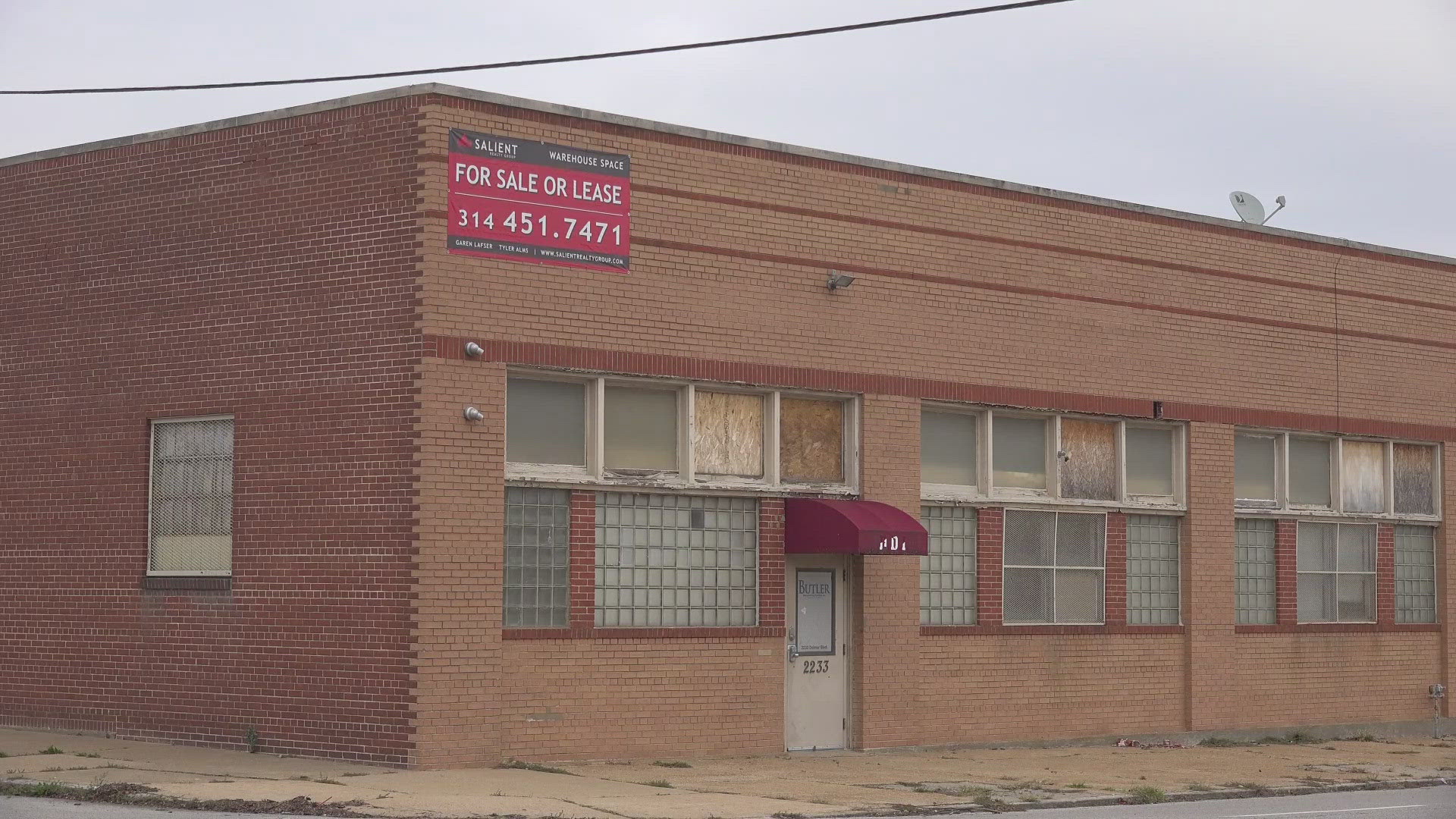ST. LOUIS — A popular shopping destination for Black St. Louisans that has since fallen on harder times would be revitalized as a commercial corridor under Mayor Tishaura Jones' plan to distribute $150 million in federal funds to north St. Louis.
Dr. Martin Luther King Jr. Drive, a historically significant street that cuts across the city's northern neighborhoods and ends north of downtown near the future site of the new National Geo-Spatial Intelligence Agency campus, was the only street identified by name in the city's plans because of its historic significance in the Black community, said Neal Richardson, executive director of the St. Louis Development Corp., the city’s development agency.
The 12-page roadmap for the broader plan, released in April, details Jones’ strategies to achieve economic justice in what is considered the poorest and most under-invested portion of St. Louis by identifying a range of initiatives, many focused on real estate and economic development.
Meeting the plan's goals, with a deadline to allocate funds from the federal American Rescue Plan Act by the end of 2024 and invest the money in projects by 2026, requires a more proactive land-use strategy that is “more actionable, rather than just aspirational,” Richardson said.
In what Richardson identifies as one of the plan's most data-driven elements, downtown-based planning consultant PGAV is working to identify the most promising commercial corridors for future development other than MLK. The idea is to focus jobs and projects along those routes and then expand outward.
Choosing MLK Drive as the center of the city's plans for commercial development in north St. Louis makes sense due to its past and its future leading to the $2 billion construction of the future NGA campus, Richardson said. But the primary reason to single it out as a development priority might be symbolic: Nearly every city has a central street named after King in a Black neighborhood that’s “underserved and underinvested,” Richardson said.
While the city’s historic divide between Black and white neighborhoods has been marked with the “Delmar Divide” along Delmar Boulevard, investment has started to creep past that division between north St. Louis neighborhoods and the Central West End. As that happens, Richardson said city officials want to make sure that the new development continues to move northward, instead of simply pushing the dividing line farther north. By ensuring that development follows MLK Drive, which stretches through north St. Louis for six miles, the city hopes to increase the likelihood that developers don’t just focus on the neighborhoods that border the more affluent neighborhoods to the south.
“So not only is that a sign of intentionality of investing in the Black community, but it’s also intentionality of connecting South St. Louis and the central corridor with further north,” Richardson said. “Rather than having these pockets of growth, that’s creating this catalytic energy to spread across the city, breaking down a lot of those silos. So that’s why MLK was really critical for us.”
Today, stretches of MLK are lined with abandoned buildings or vacant properties. Some of those are among the more than 10,000 properties the city owns through its Land Reutilization Authority, or LRA, Richardson said. That’s where he sees that a reformed LRA could change the way it exercises its powers as a property owner. The plan calls for the LRA to be reorganized, restructured and properly staffed. After the overhaul, the agency will take a proactive approach to land assemblage and clearing, which should make it easier for developers to use that land, Richardson said.
As part of a program that kicked off last year called Project Connect, the city is building up neighborhood organizations in six neighborhoods around the future NGA campus. Guidance from those residents, who could make suggestions such as grocery stores, retail centers or mixed-use housing, will help guide future development and spending priorities along the commercial corridors identified by PGAV.
Read the rest of the story on the St. Louis Business Journal website.



